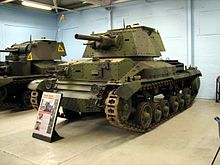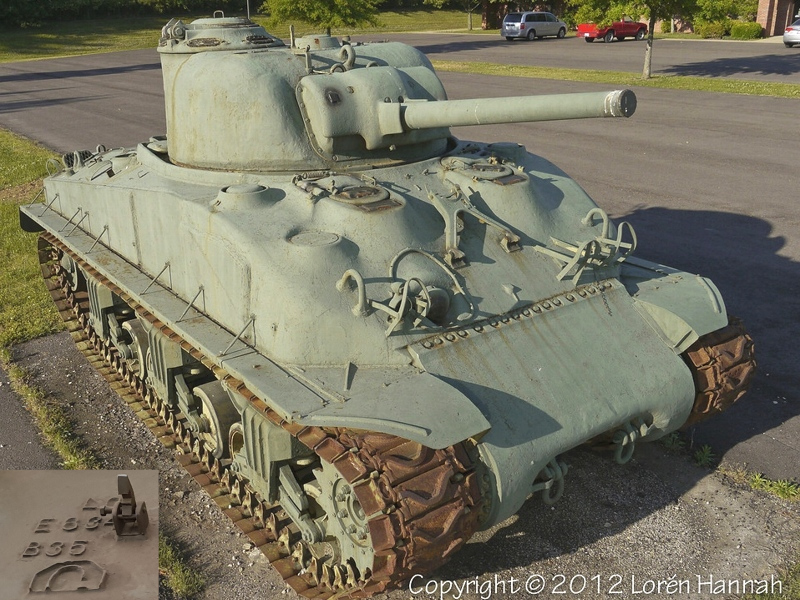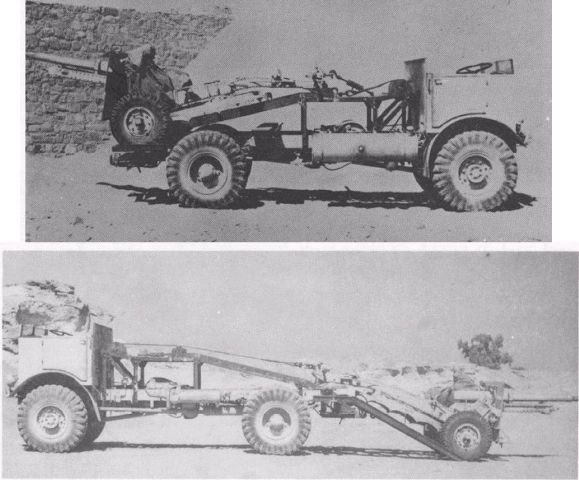That was the later 3" gun, the Close support A9's and A10's used an adaption of the standard 3.7" Mountain Gun.It was a different gun to the Pack Howitzer, It had different ammunition and was called a Mortar to distinguish it from the existing Howitzer even though it was a breech loader and had a rifled barrel. There was an HE Shell but I dont know how or when it was issued.
Tank, Cruiser, Mk IIA CS (A10 Mk IA CS)[edit]

Cruiser MkIIA CS
The CS (Close Support) version of the Mark II had a 3.7 in (94 mm) howitzer in the turret instead of the 2-pdr. The standard ammunition load was 40 rounds smoke, and a few HE shells.
This weapon was derived from a World War I field howitzer, the QF 3.7-inch mountain howitzer. It was not related to the 3-inch howitzer used in later British tanks in the Second World War, which was itself replaced by a 95 mm (3.7 in) howitzer in the later versions of the Churchill infantry tanks and all CS versions of the Centaur and Cromwell cruiser tanks. British doctrine was that the CS tank was to provide smoke cover in advances or retreats and hence many more smoke rounds were carried than HE.[5]





